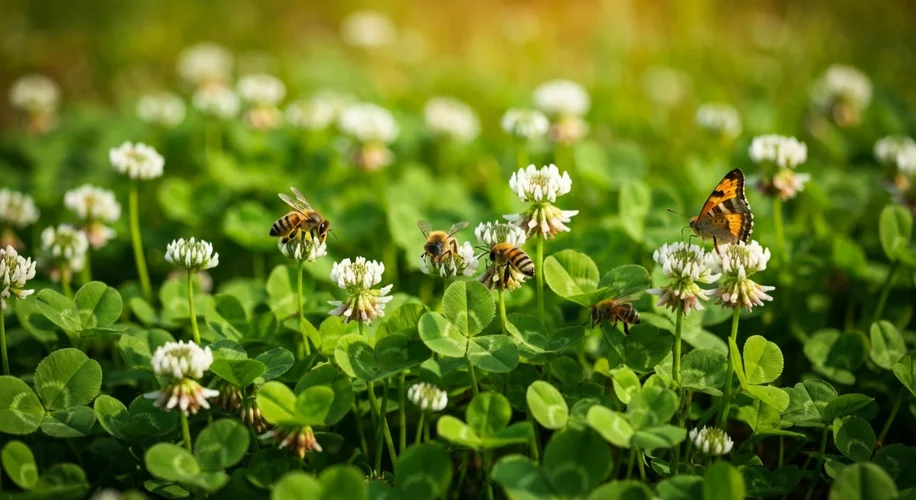As gardeners, we often strive for specific outcomes. We plant seeds with hopes of a particular bloom or a certain harvest. But sometimes, nature surprises us with unexpected wins, especially when it comes to our buzzing, fluttering friends.
This year, I’ve noticed a particular surge in pollinator activity in my backyard. It’s not just the usual suspects like bees and butterflies; I’m seeing more of the less common visitors, too. I’ve been putting more effort into planting native flowers and creating diverse habitats, but I suspect one specific, slightly accidental change made a big difference.
I decided to let a patch of clover in my lawn grow wild instead of mowing it. I’ve always heard that clover is good for the soil, fixing nitrogen, but I never truly appreciated its power as a pollinator attractant until this summer. Those small white and pink blossoms have been a constant hub of activity. Bees, hoverflies, and even tiny beneficial wasps seem to flock to it. It’s a low-maintenance ground cover that offers a huge reward for our ecosystem’s essential workers.
It’s a simple example, but it highlights how sometimes the most effective gardening practices are the ones that embrace a bit of wildness. Letting nature have a little more say can lead to wonderful results.
So, I’m curious: What’s an accidental pollinator win you’re claiming credit for in your own garden or yard? Did you plant something thinking it was just for aesthetics, only to discover it became a pollinator magnet? Or perhaps you let a corner go a little wild, and it transformed into a haven for beneficial insects?
I’m always eager to learn from fellow gardeners. Sharing these small victories can inspire others and help us all create more pollinator-friendly spaces, one unintentional success at a time. Let’s celebrate these unexpected moments where our gardens flourish, not just for us, but for the whole ecosystem.

